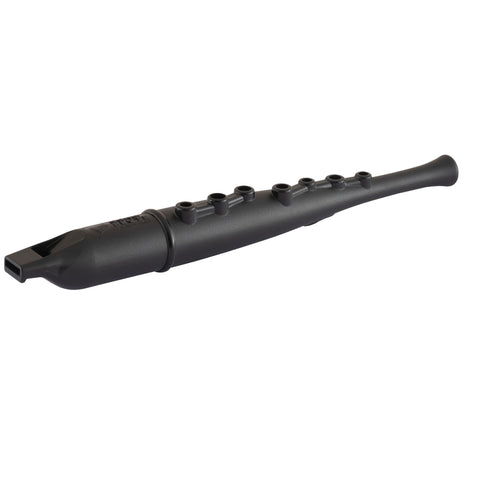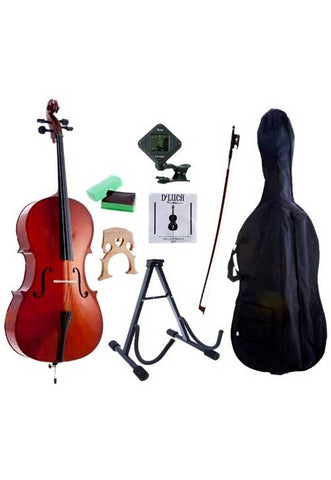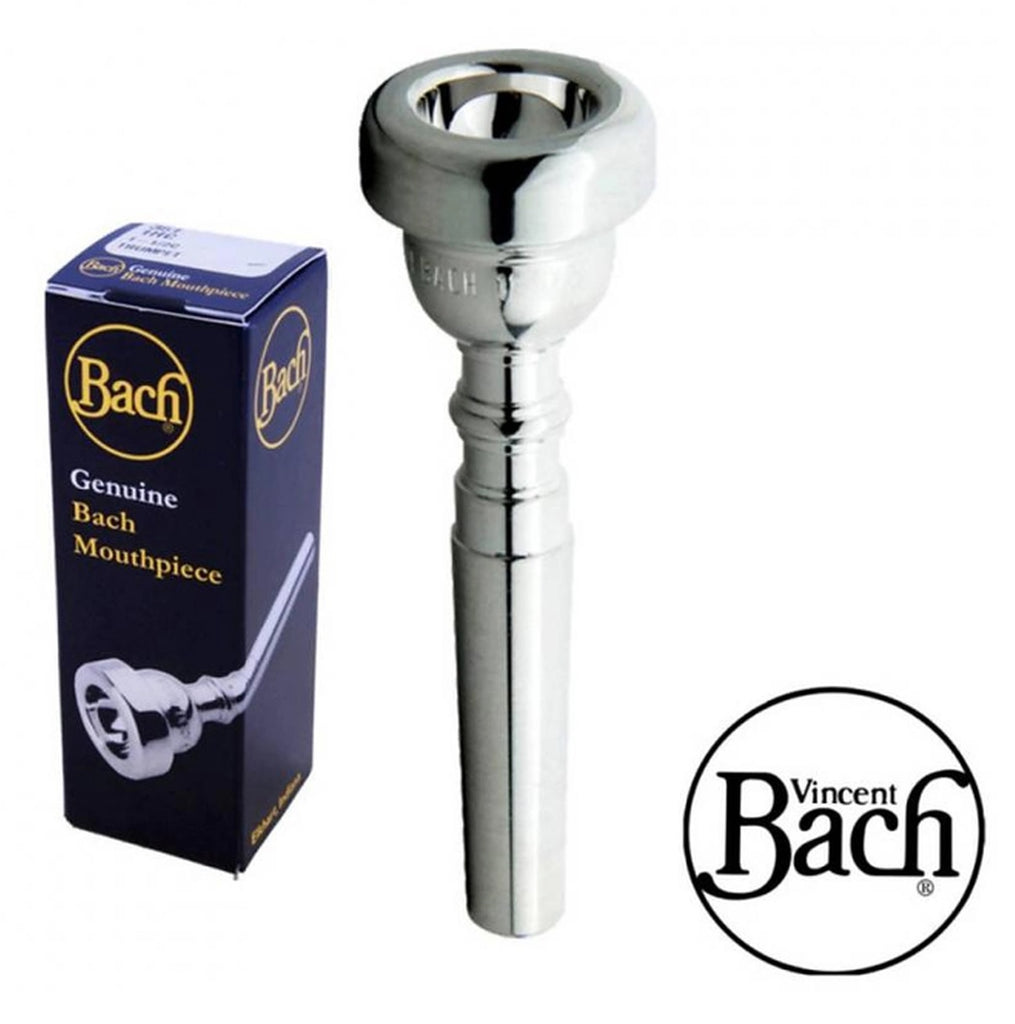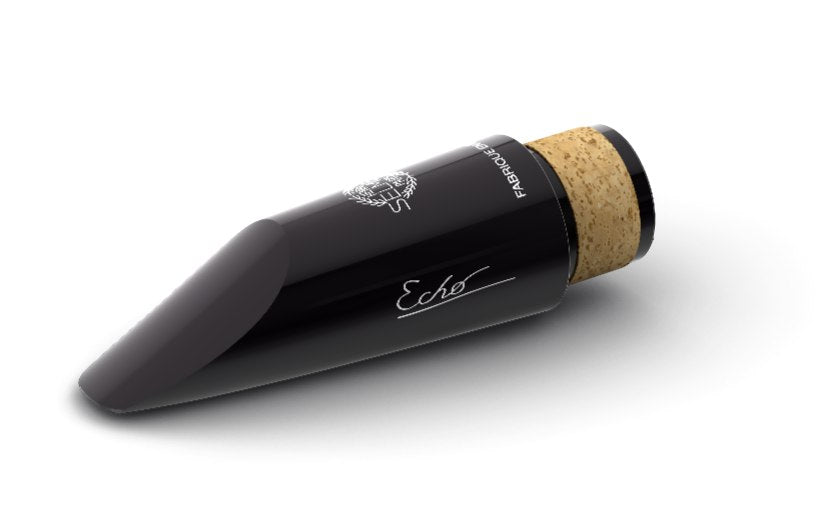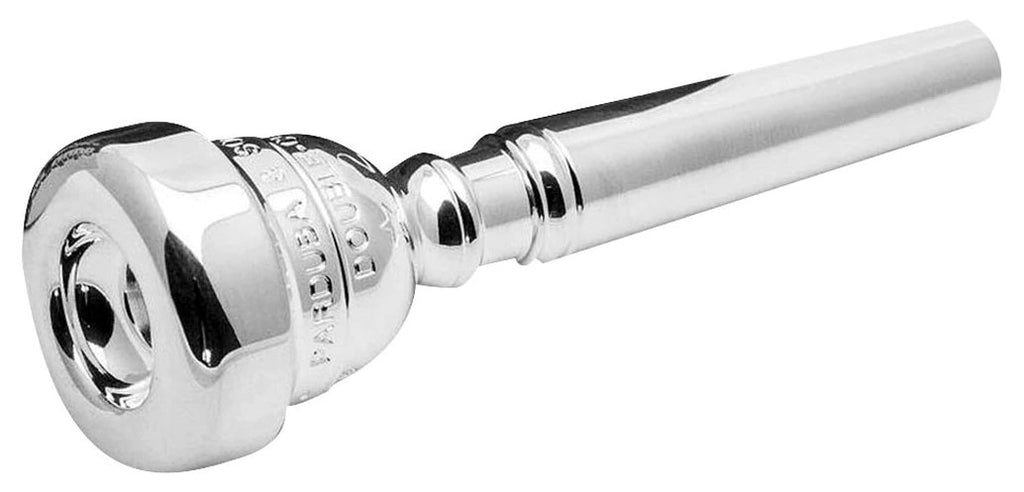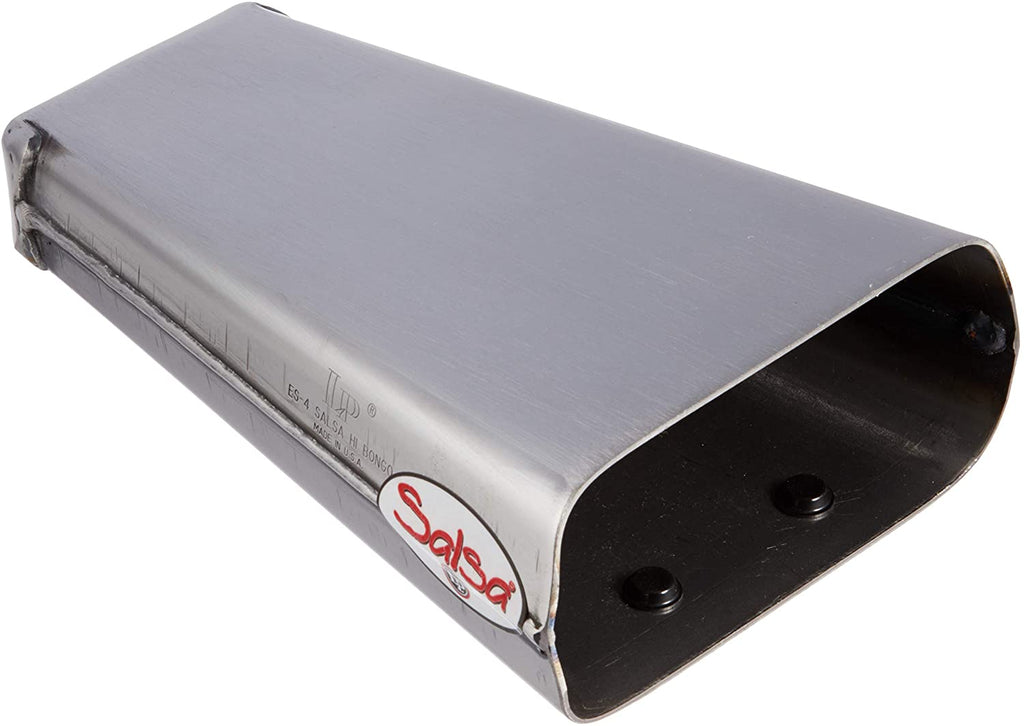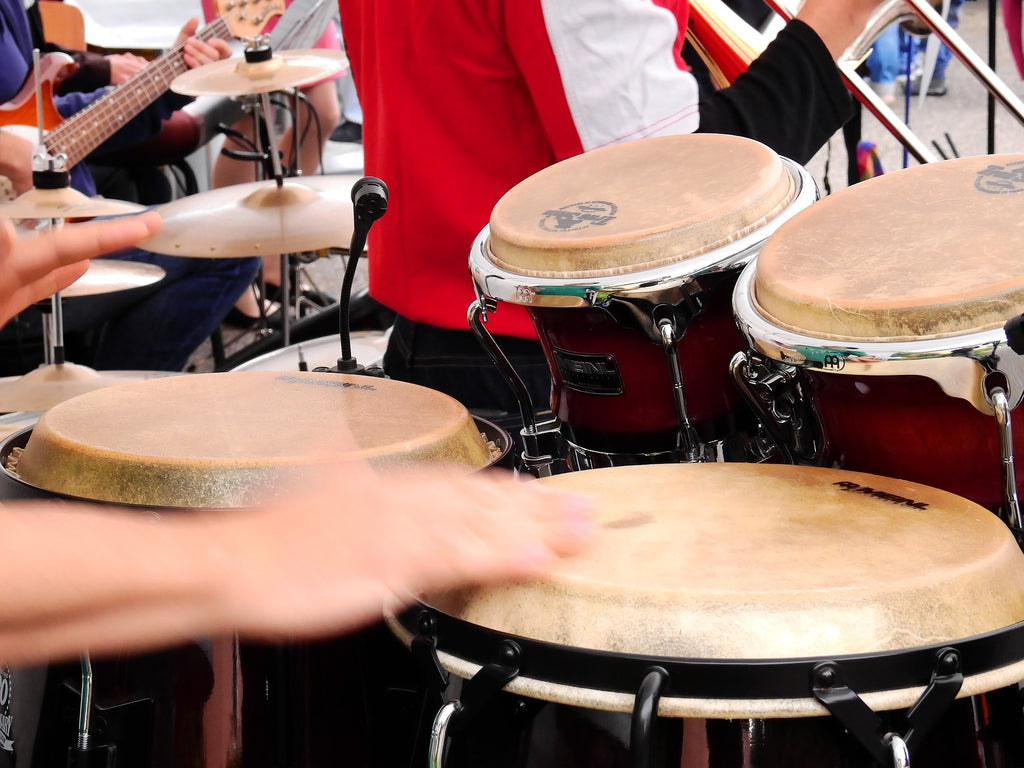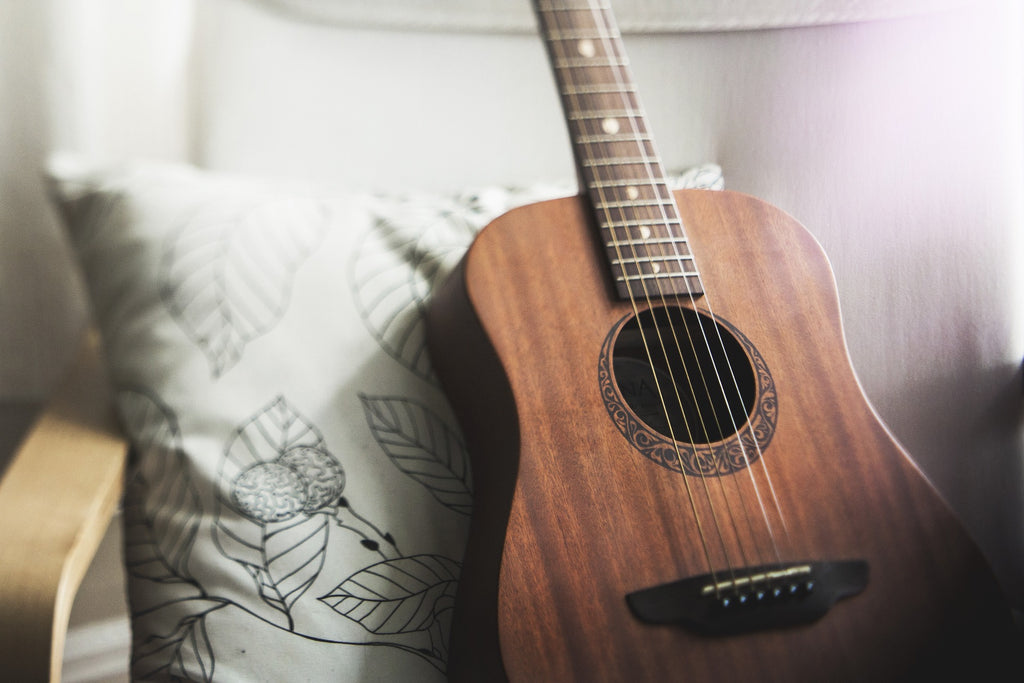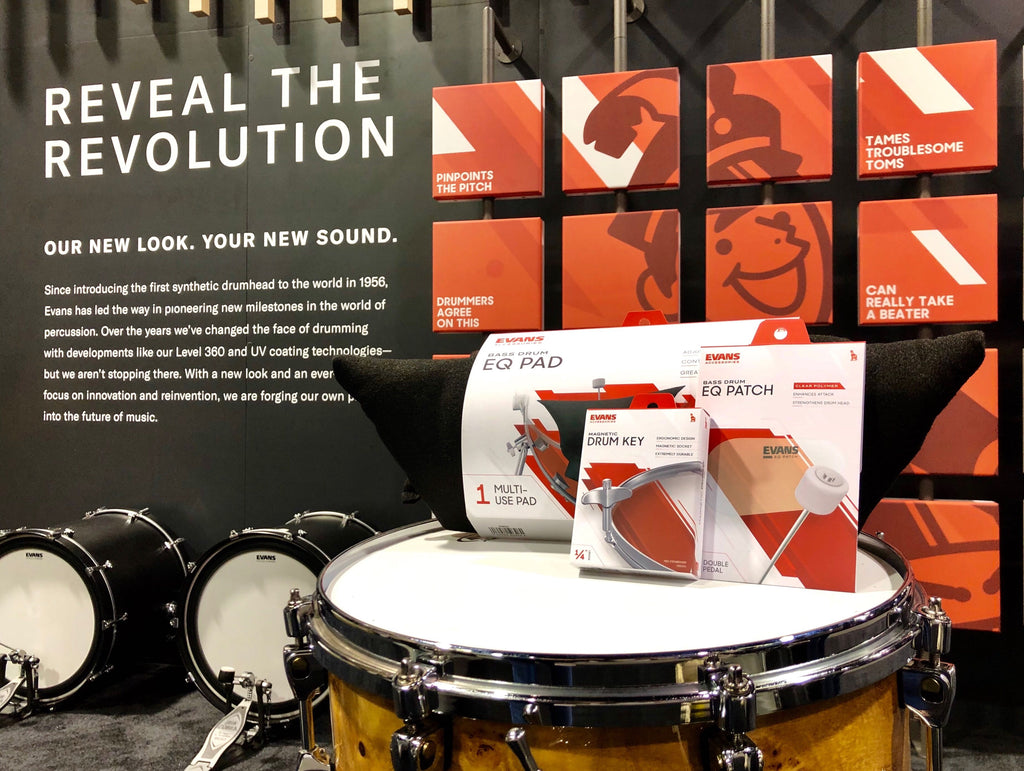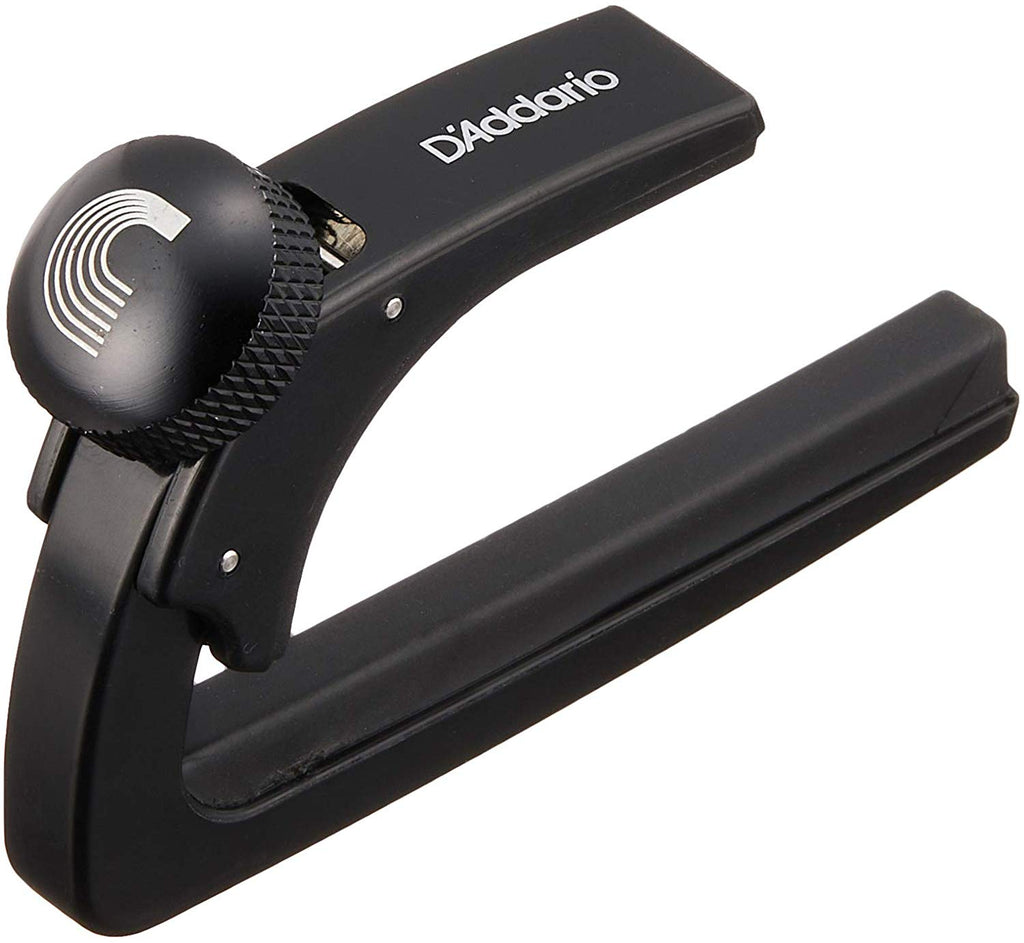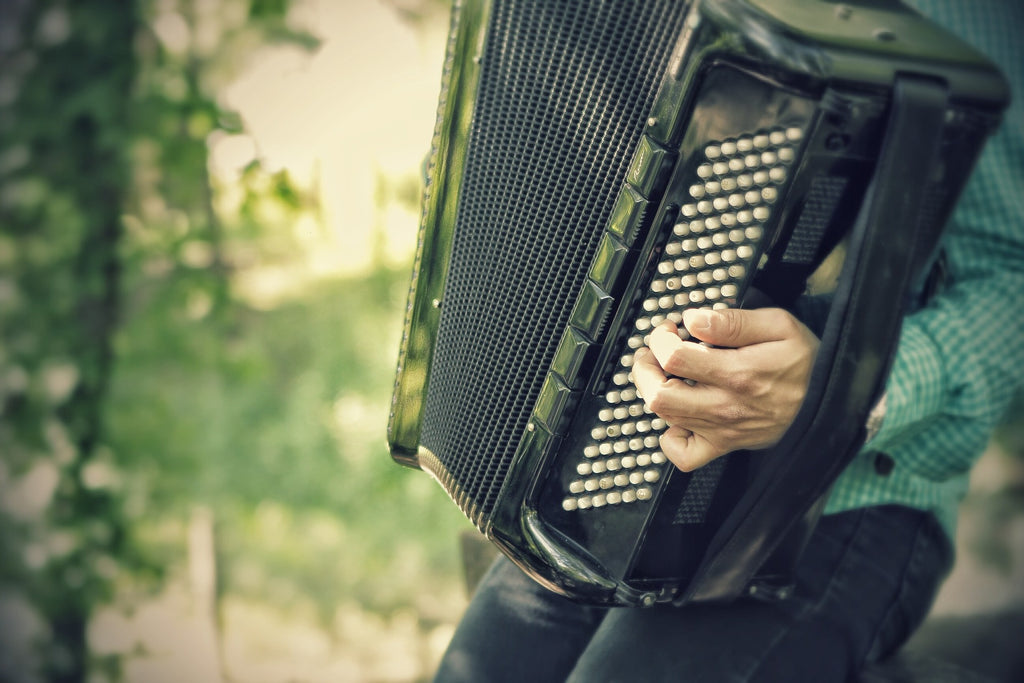Guitar Care And Maintenance
- News
- 21 Mar, 2020
A well-maintained guitar will provide a lifetime of musical enjoyment. Electric Guitars are sensitive to the environment, so it is important to make sure the instrument is periodically checked out, usually whenever the seasons change as this is when humidity and weather changes occur, and a musical instrument is most sensitive to these conditions. Never let your instrument linger for too long without your attention- a neglected guitar can experience many issues that can easily be fixed if they are noticed early.
CLEANING
Keeping your instrument clean is important. Here at PlayMusic123.com sell a variety of cleaning products specifically designed for guitars, along with lint-free polishing rags. If you clean and polish your instrument on a regular basis, it will always look as good as new!
Fingerboards also need cleaning occasionally. Your fingerboard can be cleaned with steel wool, or a damp wash cloth. We recommend using lemon oil periodically on the fingerboard whenever strings are completely changed. This will ensure that your fingerboard does not dry out or crack over time.
Give your guitar hardware a good wipe down as well- sweat and external humidity conditions can cause your hardware to oxidize over time and become spotty and tarnished. This is particularly important if your instrument has gold plated hardware, as it is more susceptible to oxidation. If you reside in a particularly humid environment, this activity is crucial.

HUMIDITY
Humidity or lack thereof can be any musical instruments biggest enemy. It is important to regulate as best you can the relative humidity that surrounds the instrument. 45%-55% relative humidity is optimal. At PlayMusic123.com you’ll find the products to help regulate humidity, and are very easy to use. Never store the instrument by an outside wall/window or heating/AC vent.
If an instrument becomes too dry, then the guitar will experience neck shrinkage and the frets will begin to feel sharp along the neck. Please note that problems such as these are beyond a manufacturers control during production and are not considered for warranty repairs.
Do not store the guitar in or near any temperature extremes, and never in direct sunlight. If your instrument has been kept in particularly hot or cold environment for a period of time, make sure it is kept secure in a case. When it is brought into a more normal temperature range, give the case/instrument a few hours to acclimate before opening up the case.
STRINGS
Guitar Strings should be changed frequently- at least 4 times a year. They become dirty and corrode over time, and lose their ability to maintain proper tuning. It is always best to be proactive about changing guitar strings- don’t wait until you break one!
Find at PlayMusic123.com the largest selection of Guitar Strings.
Please note, if you opt for a heavier or lighter string gauge, your instrument may require a professional instrument set-up in order to compensate for the differing string tension.
When re-stringing your instrument, we recommend changing them 1 string at a time. This will keep string tension on the instrument, and that means you likely won’t have to have the instrument professionally adjusted right away!
Never tune your instrument higher than standard pitch- steel guitar strings carry a lot of string tension, and over-tuning your guitar may cause the neck to separate from the body at the heel, or it may cause your bridge to lift from the body.
FRET BUZZ
Fret buzz may occur due to strings, or humidity conditions. Fret buzz is usually caused by an old set of strings, or if the neck is experiencing a backward bow. This can be adjusted via the 2-way truss rod. Because these adjustments can permanently damage the instrument, we recommend this action be performed by an experienced guitarist or guitar-repair technician. Most local music shops are quite capable of performing this action.
STRING ACTION ADJUSTMENT
String action is the distance between the strings and the fret board/frets of the guitar. This is usually a matter of personal preference, as some prefer the easier to play lower action, or the aggressive attack of high action. We set this right in the middle in our facility.
Action can be adjusted 2 different ways on an electric guitar- either by adjusting the saddles, or the height of the nut.
String action is NEVER adjusted via the truss-rod- it is always performed at the saddle, and sometimes by adjusting the nut height.
ELECTRONICS
Over time, guitar pots (the knobs on your guitar!) can become dusty or dirty, and this may cause a scratchy sound that will carry to the amplifier. Electric contact cleaner is a great solution to take care of this problem.
Also, over time the jack nut on your output jack can come loose. In this event, plugging and unplugging the guitar may cause the jack to spin inside the cavity, and loosen the connections. It is recommended to check this periodically- make sure that outer nut and the jack are secure. This is also normally checked during a professional instrument set-up.
